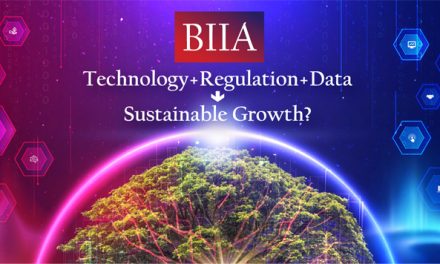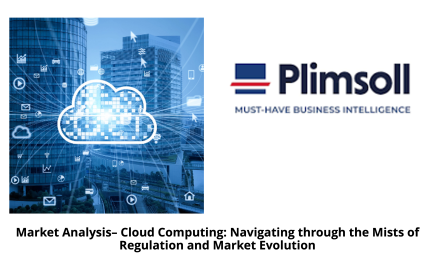Tilo Walters, CEO of BIIA member Palturai GmbH wrote recently on LinkedIn:
Why write about business graph technology? We are often asked to explain what graph intelligence is, how our unique business graph solution works, and how it can be applied to business challenges.
 What is business graph technology?
What is business graph technology?
Business graph technology is a way of querying and understanding relationships between data and displaying it in a visual way that is easy to understand and apply to situations and challenges.
Unlike the graphs you may be familiar with from basic mathematics and business, business graphs show relationships that are not necessarily continuous. Visually, a business graph consists of nodes and edges — think of a node as a dot and an edge as a line. Nodes represent entities such as a person, institution or entity and have their own unique identifier. Edges are the visual representation of the connections between two or more nodes and are defined by their start and end points.
A business graph database stores not just the data, but the connections between and among the data. A familiar example of a graph database is a social network. Individuals are represented by nodes and the relationships, or how they are connected, is represented by edges. When the information is displayed visually it is possible to see how people are connected and identify who knows who.
What graph technology does
Business graphs uncover connections among disparate information, and are particularly good for analysis of complex, dynamic relationships like supply chains and convoluted corporate structures. Business graph solutions work on the fundamental premise that no individual or organization operates in a vacuum – and the connections can be revealing. Intelligent algorithms and software can be applied to visually map how people and businesses are interconnected and discover insights that would not be apparent otherwise. These insights facilitate informed, intelligent analysis of opportunities and risks in the environment of business partners, prospects, or suppliers and support profitable use cases throughout the company.
Applications for business use cases
The use cases for graph technology span nearly every industry and virtually all organizations can put graph solutions to profitable and effective use across multiple departments. While most data – even digital data – remains siloed, graphs look at data relationally across multiple systems. This networked view allows for new methods of analysis and uncovers patterns that would be hidden otherwise.
Banks and other financial institutions need powerful solutions to reduce fraud and comply with anti-money laundering and other regulatory demands. Graph technology helps draw new insight from existing data by showing relationships and automating processes such as KYC and AML. A networked view of data and relationships can quickly uncover reputational risks and identify ultimate beneficial owners (UBO) in seconds rather than hours of painstaking research.
Sales and Marketing organizations can use graph technology to provide effective lead generation, particularly warm leads available within existing client and customer networks. Sales and customer data is easier to analyze, and with trusted data feeds it is always up to date. Throughout a company, graph technology in Master Data Management (MDM) applications and processes increases both efficiency and automation. Companies maintain higher data quality and more efficient processes through easier onboarding, updating, and monitoring.
 These are just three use cases, there are many other areas where graph technology provides a competitive advantage for organizations and enhances efficiency across the enterprise.
These are just three use cases, there are many other areas where graph technology provides a competitive advantage for organizations and enhances efficiency across the enterprise.
Source: Palturai GmbH on LinkedIn


























